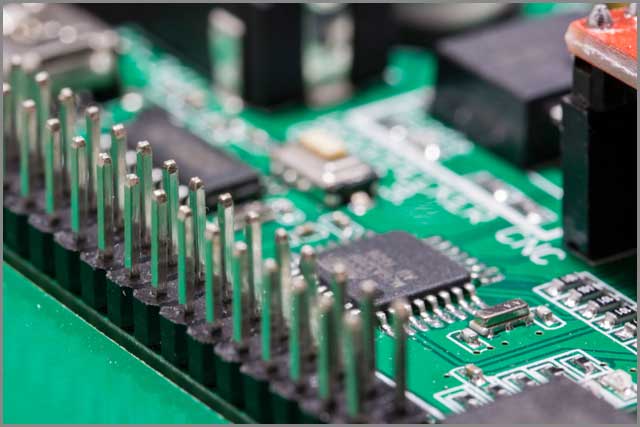

This information would normally come from an Excellon formatted NC drill file, but is now also contained within the main IPC-2581 data file. The benefit of IPC-2581 is that the PCB designer no longer needs to generate multiple separate files, but can instead simply output the design job as an IPC-2581 formatted file and submit that to the CM.Īlong with creating all of the necessary layer images and laminating the board together, the fabricator will also work on drilling the holes in the board.
#Pcb assembly code#
This new file format contains the image information (Gerber), the drill information (NC drill), American Standard Code for Information Interchange (ASCII) netlist data for testing, and much more. IPC-2581 is not simply a Gerber file replacement, but rather an entire database with all the manufacturing data needed for fabrication, assembly, and testing. Now, however, a new file format known as IPC-2581 is beginning to replace the older manufacturing file formats, including Gerber. Traditionally, these were Gerber formatted files that drove image creation through a photoplotter onto the film used for PCB fabrication. The fabricator will first start with the files needed to make the images for the different board layers. These files will be used for creating the different layers and images of the bare circuit board, as well as drilling the holes and routing around its exterior. The first thing your CM will do in manufacturing your PCB is send design data to the PCB fabricator. The PCB Manufacturing Files Used for Circuit Board Fabrication PCB manufacturing files are the best tools you can use to provide your CM with the necessary information they need to create the best PCB possible. Throughout this process, your PCB contract manufacturer (CM) needs specific data and clear guidelines from you to do their job correctly.


Additionally, the final product must be inspected and tested before it is shipped back to you. Your PCB must go through two major steps in its construction, fabrication of the bare board, and then assembly of components. The answer to this question is that each of those files has a very important part to play in the building of your printed circuit board. I remember looking at all of the output files I was told to create and wondering, “now what am I supposed to do with all of this?” The entire ordeal reminded me of the early days of my career, when I first started learning the ropes of PCB design. I stared at all the pieces lying on the ground and thought, “now what am I supposed to do with all of this?” But as I soon discovered, each piece had a purpose, and eventually the tool shed came together (thankfully without too many left-over pieces). If you’ve ever built a model airplane or furniture that arrives unassembled, you know exactly how I felt last summer when I was building a tool shed from a DIY kit.


 0 kommentar(er)
0 kommentar(er)
